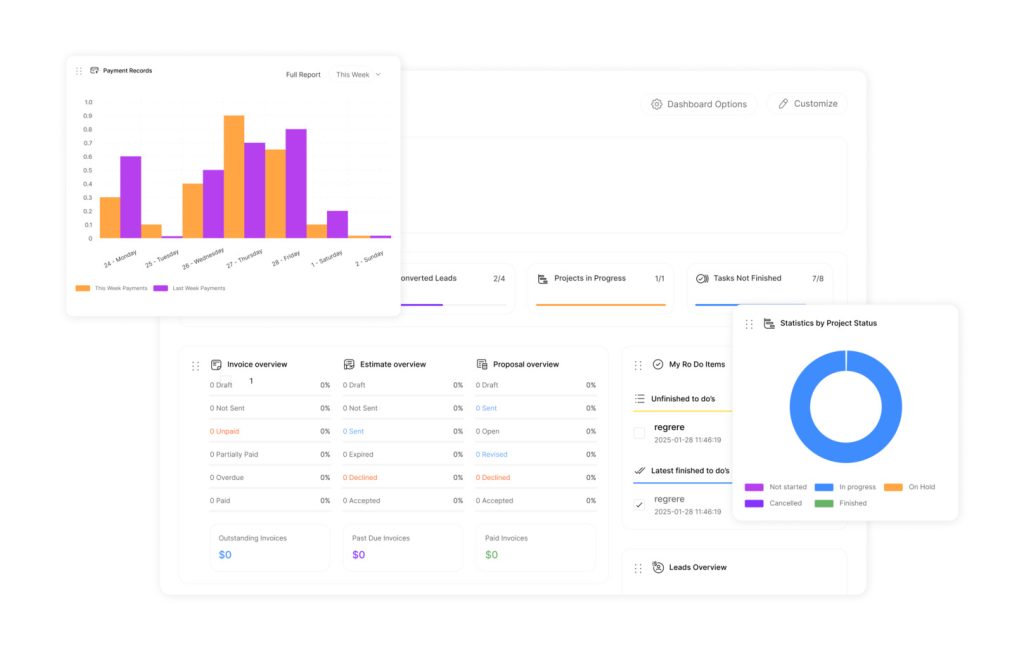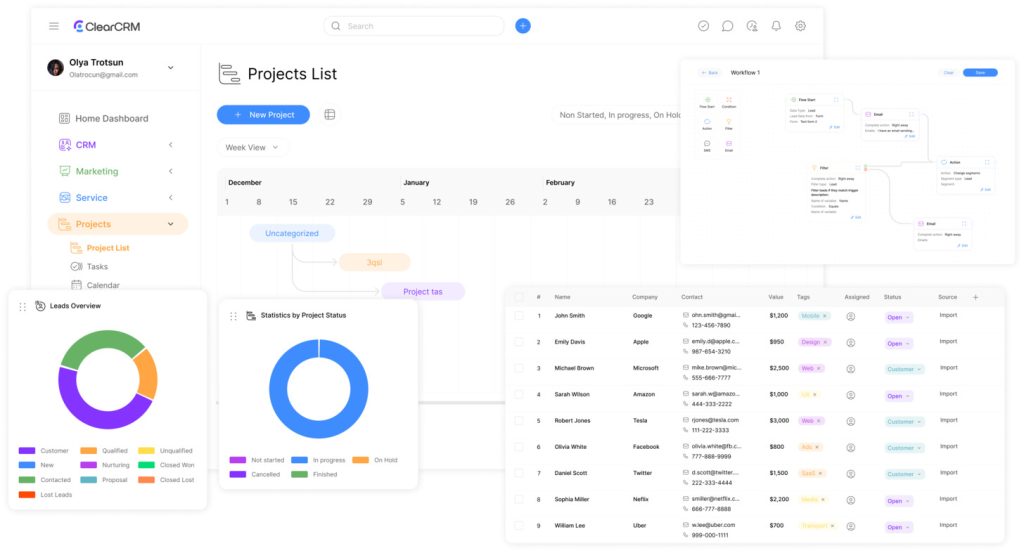How to Create Effective Activity Reports: Expert Tips

Clear workplace communication drives success in modern organizations. Structured documentation like activity reports bridges gaps between teams and leadership by providing timely updates on tasks, challenges, and milestones. These tools—whether called work logs, project updates, or status summaries—help teams maintain alignment without persuasive agendas.
Businesses thrive when they adopt systematic approaches to tracking progress. Standardized formats eliminate confusion while creating reliable records of completed work and upcoming priorities. Managers use these insights to allocate resources strategically, while teams gain clarity on shared objectives.
Effective documentation does more than track tasks. It reveals patterns in workflow efficiency and pinpoints bottlenecks before they escalate. Companies using consistent frameworks see faster decision-making and stronger accountability across departments. This proactive approach reduces delays and strengthens cross-functional collaboration.
The best reports balance detail with accessibility. They transform raw data into actionable information through concise language and logical organization. When teams prioritize clarity and relevance, these documents become powerful tools for driving operational excellence.
Key Takeaways
- Standardized reporting frameworks improve team coordination and reduce project delays
- Proactive documentation helps identify workflow obstacles early
- Clear status updates enhance operational transparency across departments
- Structured formats enable better resource allocation and priority management
- Actionable progress summaries support data-driven decision-making processes
The Fundamentals of Activity Reports
Structured documentation forms the backbone of transparent operations in forward-thinking companies. Unlike generic updates, purpose-built formats like activity reports deliver targeted insights through standardized frameworks. These tools help teams track progress while maintaining alignment across departments.
Core Components Explained
High-impact documentation contains four critical sections. Project identification establishes context through team member names and current phase details. Task breakdowns separate completed actions from ongoing work and future milestones. A dedicated challenges section outlines obstacles with proposed solutions, while style guidelines ensure consistency across formats.
| Element | Function | Best Practice |
|---|---|---|
| Team Identification | Clarifies responsibility | Include full names and roles |
| Progress Log | Tracks task completion | Use date-specific updates |
| Risk Analysis | Anticipates delays | Pair issues with mitigation plans |
| Style Standards | Ensures readability | Limit jargon, use bullet points |
Strategic Implementation
Leaders achieve optimal results by aligning documentation with stakeholder needs. Technical teams might require detailed logs, while executives prefer high-level summaries. Regular reviews help maintain relevance as projects evolve. Digital templates save time while ensuring all critical information gets captured consistently.
Effective formats balance depth with accessibility. They enable quick scanning through visual hierarchies while retaining necessary details for deeper analysis. This dual approach supports faster decision-making without sacrificing accuracy.
Activity Reports: Tips for Clear, Concise, and Impactful Communication

Effective workplace documentation bridges information gaps while maintaining operational momentum. Professionals achieve this balance through intentional language choices and structured formatting. These techniques ensure stakeholders receive essential details without wading through unnecessary complexity.
Using Concrete Language and Professional Tone
Precise terminology eliminates confusion in project updates. Instead of stating “progress continues,” specify completion percentages or measurable outcomes. This approach builds stakeholder trust through transparency.
Maintain formal phrasing appropriate for cross-departmental review. Avoid contractions and colloquial expressions that undermine authority. A polished tone reinforces credibility when addressing managers or executives.
Balancing Detail with Brevity
Prioritize critical information using bullet points and numbered lists. For example:
- Q3 marketing campaign: 85% deliverables completed
- Pending vendor approvals: 2 contracts awaiting signatures
White space and subheadings create visual hierarchy. This allows quick scanning while preserving depth for thorough analysis.
Examples of Informal vs. Formal Styles
| Informal Approach | Professional Alternative |
|---|---|
| “Things are moving along” | “Phase one implementation reached 70% completion” |
| “We hit some snags” | “Supply chain delays impacted timelines by 5-7 days” |
The right column demonstrates specificity and measurable data preferred in business environments. This style aligns with leadership expectations while maintaining clarity for technical teams.
Optimizing Activity Reports for Project Progress and Workplace Efficiency

Digital innovation reshapes how teams document and optimize workflow processes. Advanced tracking systems merge real-time updates with strategic planning, creating dynamic tools for modern enterprises. These solutions empower organizations to maintain momentum while addressing challenges proactively.
Integrating Progress, Challenges, and Next Steps
High-performing teams use unified platforms to map milestones alongside potential roadblocks. Cloud-based systems automatically log completed tasks while flagging delays in critical paths. This approach builds institutional knowledge by preserving solutions to recurring issues, reducing resolution time for future projects.
Strategic frameworks pair resource allocation insights with timeline adjustments. For example, a marketing team might reallocate staff after identifying bottlenecks in content approvals. Such data-driven decisions keep projects aligned with organizational priorities.
Leveraging Digital Tools and Email Notifications
Platforms like Google Drive offer granular tracking of file modifications and sharing patterns for 180 days. Managers retrieve specific events through secure API requests, filtering by user, date range, or event type. Automated alerts notify stakeholders about critical changes, enabling swift responses to emerging issues.
These systems also simplify compliance through detailed access logs. Permission controls ensure sensitive data remains visible only to authorized personnel. Real-time dashboards display progress metrics, helping teams prioritize tasks without manual status meetings.
Conclusion
Strategic documentation practices transform raw data into actionable intelligence for modern organizations. Companies adopting standardized frameworks see faster decision-making and stronger team alignment. These systems turn complex workflows into clear roadmaps that managers and staff can navigate efficiently.
Businesses investing in training and digital tools empower their workforce to deliver precise updates. Cloud-based platforms enable real-time collaboration while tracking progress metrics. This approach reduces errors and ensures all stakeholders access the latest information.
Leadership teams gain significant advantages when prioritizing structured communication. Clear expectations paired with collaborative tools drive accountability across departments. The result? Projects stay on schedule, resources get allocated effectively, and stakeholders remain informed.
Forward-thinking organizations combine proven methods with adaptive technology. This blend creates reporting systems that evolve with business needs while maintaining accuracy. When teams master these practices, they position their companies for sustained growth and operational excellence.

